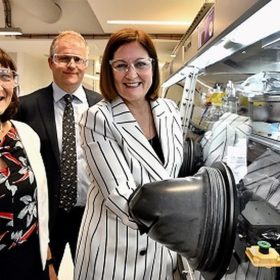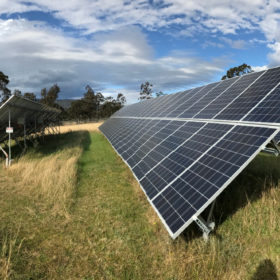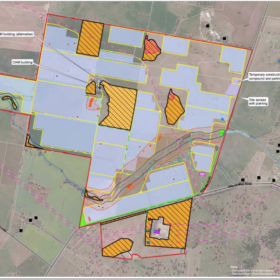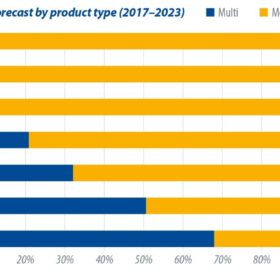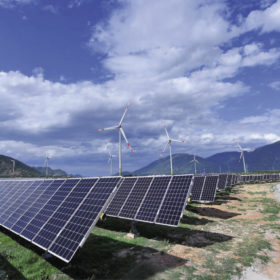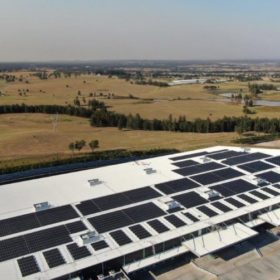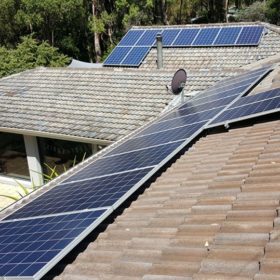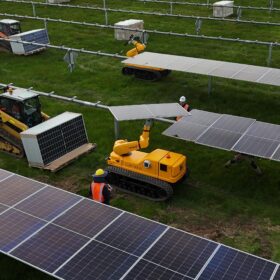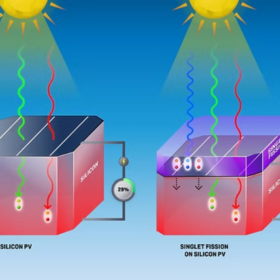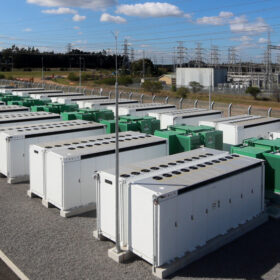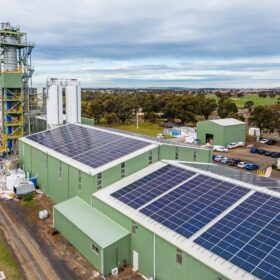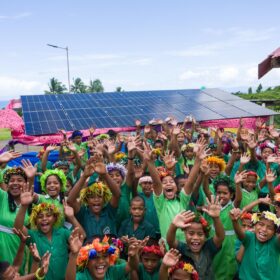Hi-tech energy storage center opens at Deakin University
The new StorEnergy centre – supported with a $4.4 million Federal Government grant – will produce battery materials on a commercial scale and seek to increase knowledge and develop innovative solutions for Australia’s energy needs.
Australian blockchain to track renewable energy credits for Japanese utility
Japan’s second-largest utility KEPCO has extended a demonstration project with Australia’s pioneer in P2P energy trading Power Ledger to create and track renewable energy certificates and trade PV-generated electricity.
160 MW solar farm approved in the Dubbo region
Labelled as a state significant development, the Maryvale Solar Farm has received a regulatory nod, opening the way for construction work to begin. The project is owned by Photon Energy, Canadian Solar and Polpo Investments.
Sterling & Wilson begins construction of 200 MW solar project in NSW
Two years after announcing its market entry, the India-based EPC heavyweight has commenced construction of its first Australian project.
Elon Musk calls for an ‘immediate’ and ‘significant increase’ in Tesla’s solar installs
Tesla was once the unquestioned leader in the residential rooftop market with a market share of around 33 percent, but today, the company is No. 3, and its market share during the first quarter was a little more than 6 percent.
Module prices continue to slide
After China’s National Day holiday, demand started picking up at a slow pace, but the anticipated installation rush did not occur as expected, due to land and financing issues, as well as the return of winter. These factors will also delay the timing of more than 6 GW of capacity to the first half of next year. PV InfoLink has thus downwardly revised its estimates for installed capacity in the fourth quarter to 11.3 GW in China and 30 GW globally, bringing this year’s global demand forecast to below 120 GW.
Vietnam introduces auction scheme for large-scale PV
With the publication of Notification No. 402/TB-VPCP on Nov. 22, the Vietnamese government has cemented its transition from feed-in tariffs to auctions, in a clear step away from earlier promises to revive the FIT scheme.
Epho commences construction of its first urban solar farm
Construction is underway on the first urban solar farm to harness the power of clean energy using Epho’s Bright Thinkers Power Station. The technology overcomes various constraints for solar in the city allowing installations to operate both behind and in front of the meter.
Victoria proposes cuts to minimum feed-in tariffs
Victoria’s Essential Services Commission has proposed electricity retailers should offer PV owners the option to choose between a single rate feed-in tariff and a time-varying feed-in tariff, and set lower minimum rates for both.
Pernod Ricard becomes first Australian winemaker to switch to 100% renewables
All of the winemaker’s Australian sites are now using renewable electricity thanks to the completion of the nation’s largest combined winery solar installation and a 10-year power purchase agreement to source renewable electricity.
